In looking at our current Torah readings, which contain detailed and repetitive instructions for the building of the Mishkan (sanctuary) in the wilderness–along with the things that will go in it and around it–and the special wardrobe for the kohanim who will officiate in this structure, I can’t help thinking about things like Amish barn raisings and Habitat for Humanity.
Unlike the building of the Golden Calf, where Aaron commanded the Israelites to bring the gold to create it, in the building of this Makom Kadosh, this Sacred Space, God calls upon those who are yidbenu leebo–translated as willing, generous, whose hearts moved them–to contribute. They heed the call, and eventually Moses has to ask them to stop bringing precious metals, acacia wood, dolphin skin, yarn and linen, etc., because they had too much. And also in direct contrast to the calf, which Aaron himself made, God asks the people who are skilled in woodworking, metal work, spinning and embroidering and other areas to contribute their time and skill.
No one was forced to participate, but somehow, the Israelites knew that this was holy work–something each of them needed to be involved in. While it’s not mentioned, I imagine there were many people whose skills and talents lay in other areas; someone had to make the PB&J sandwiches to bring to the workers!
In today’s world, where so much is done online, and especially now, when worries of the coronavirus are causing people to think twice about venturing out into crowded spaces, our physical buildings are underutilized. It’s important to remember that the Israelites weren’t just building a physical place, they were building a community. They were working together to create something special and sacred.
This Shabbat coincides with the final page of Tractate Berakhot of the Talmud which ends with a teaching that appears in many prayerbooks before the <Aleynu:
Rabbi Elazar said that Rabbi Ḥanina said: Torah scholars increase peace in the world, as it is said: “And all your children–banayikh–shall be taught of the Lord, and great shall be the peace of your children” (Isaiah 54:13).
However, the Sages said: Do not read your “children”–banayikh–but your builders–bonayikh. Torah scholars are those who build peace for their generation. As it is stated in various Psalms, “Those who love Your Torah have great peace; there is no stumbling block for them”; and “For the sake of my family and friends, I shall say: Peace be within you. For the sake of the House of the Lord, our God, I will seek your good” (Ps. 122:8–9), and finally, the last verse of Psalm 29,
״ה׳ עֹז לְעַמּוֹ יִתֵּן ה׳ יְבָרֵךְ אֶת עַמּוֹ בַשָּׁלוֹם״
May the Lord give strength to the people; the Lord will bless the people with peace.
May we continue to build and strengthen our communities in peace that we may leave the world in peace for our children.


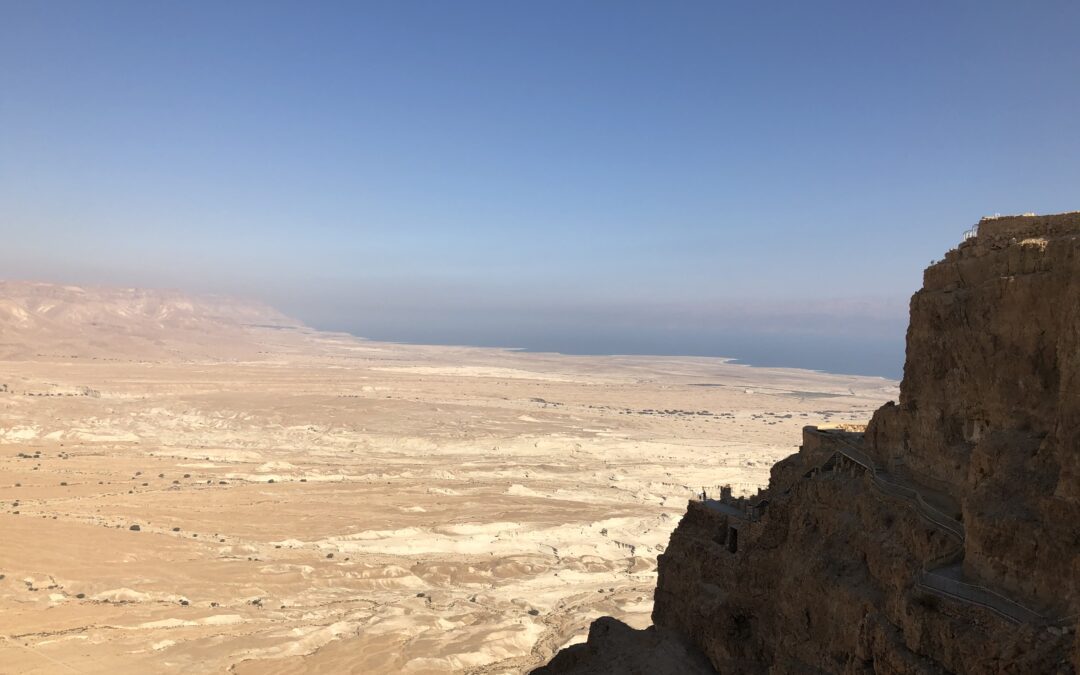
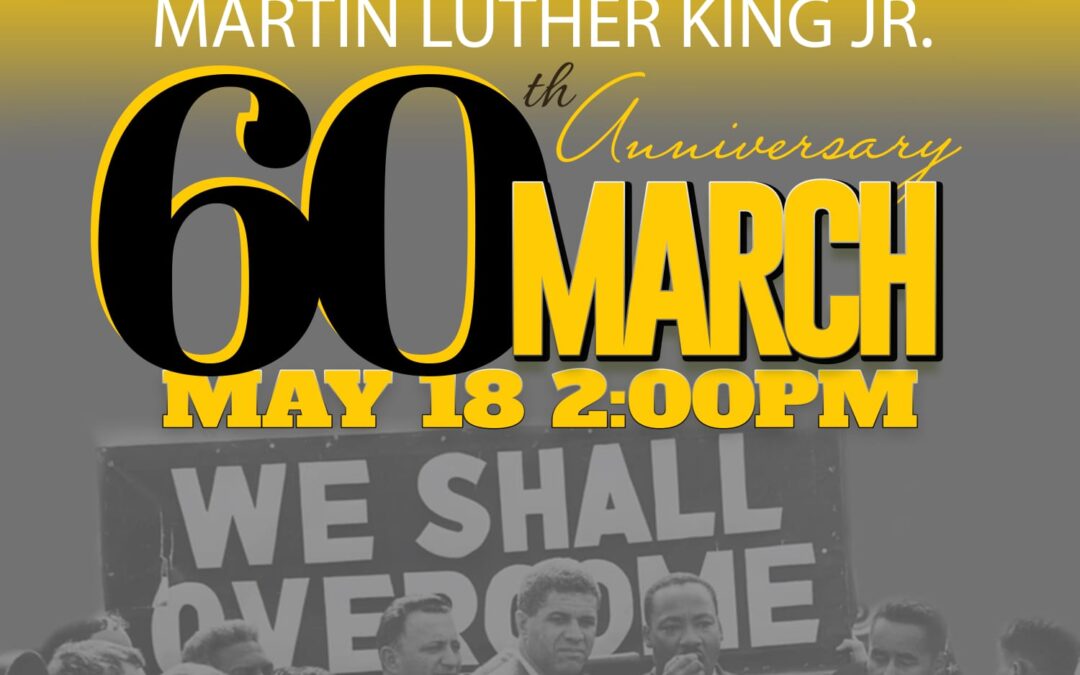
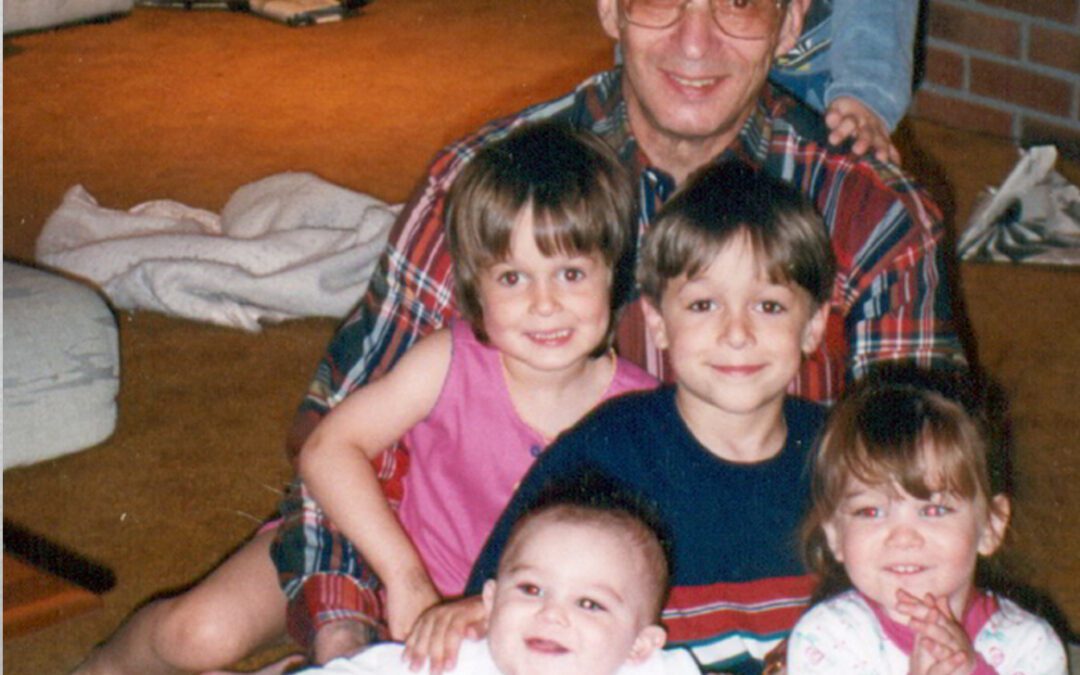
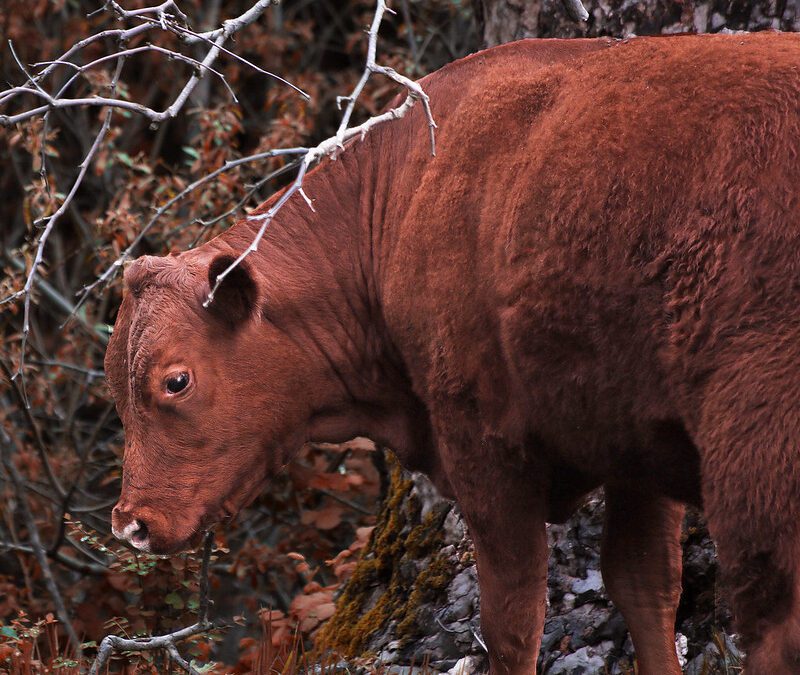
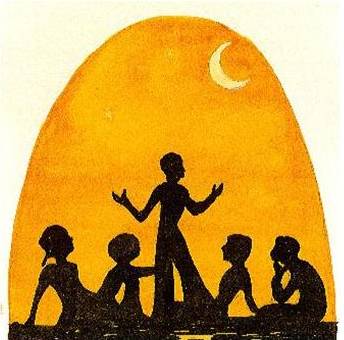
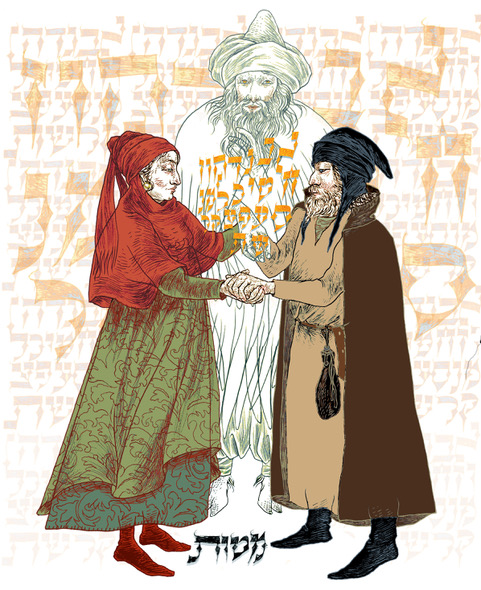
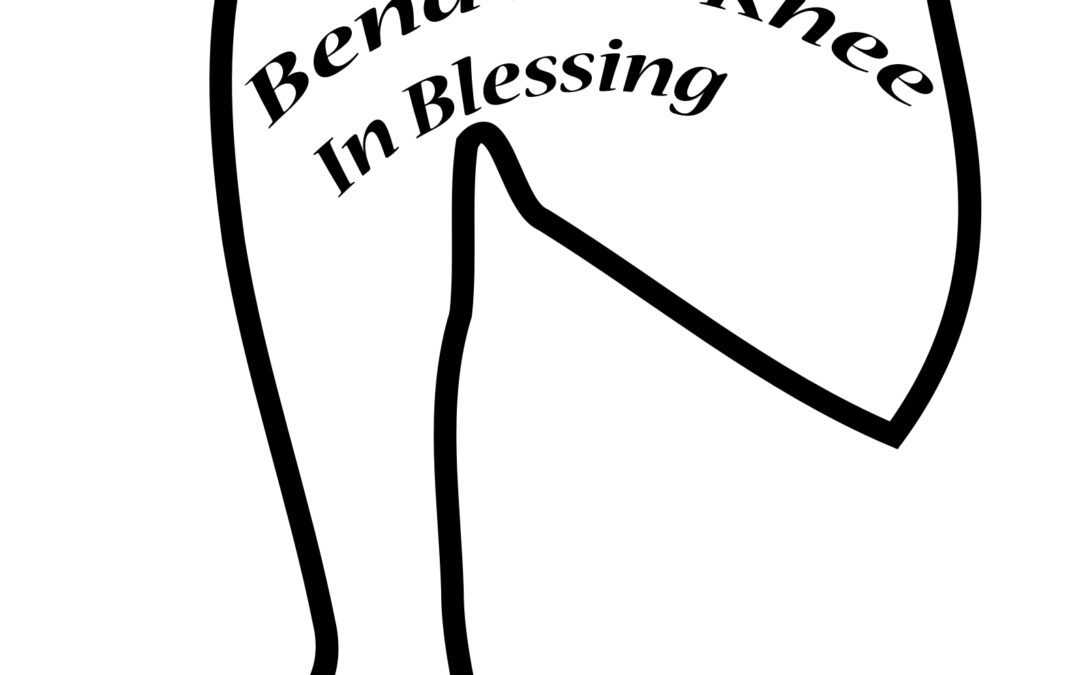

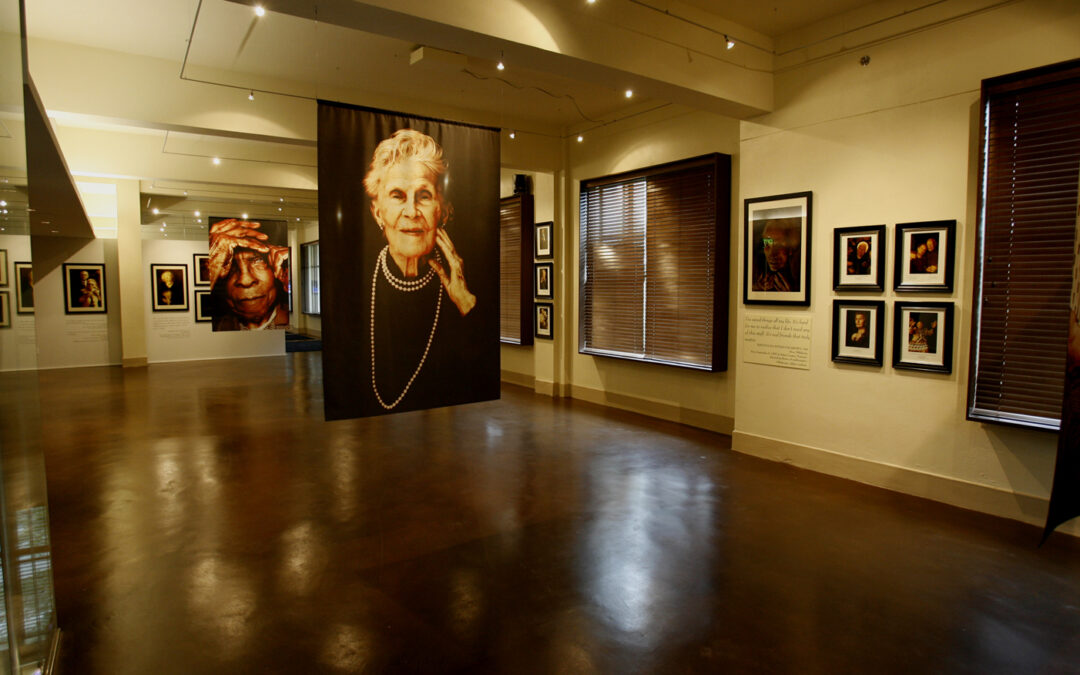
0 Comments